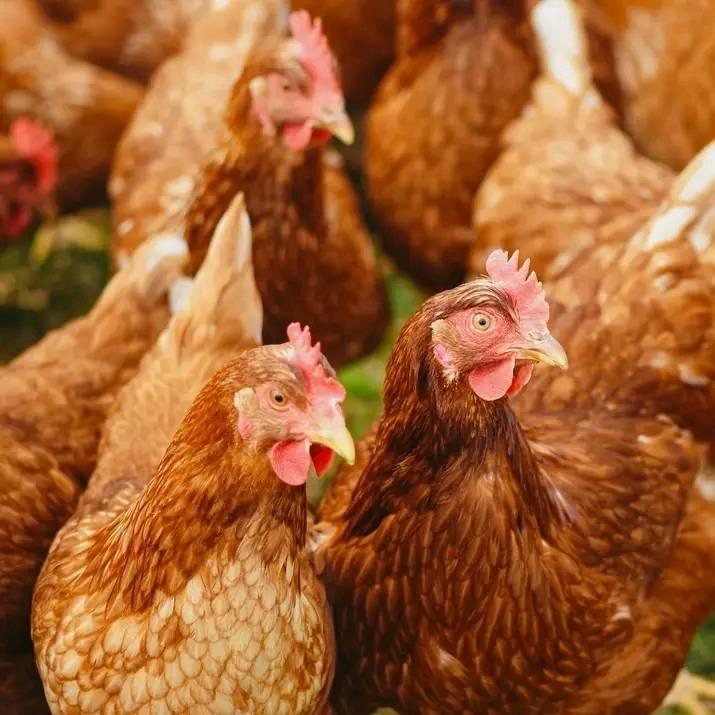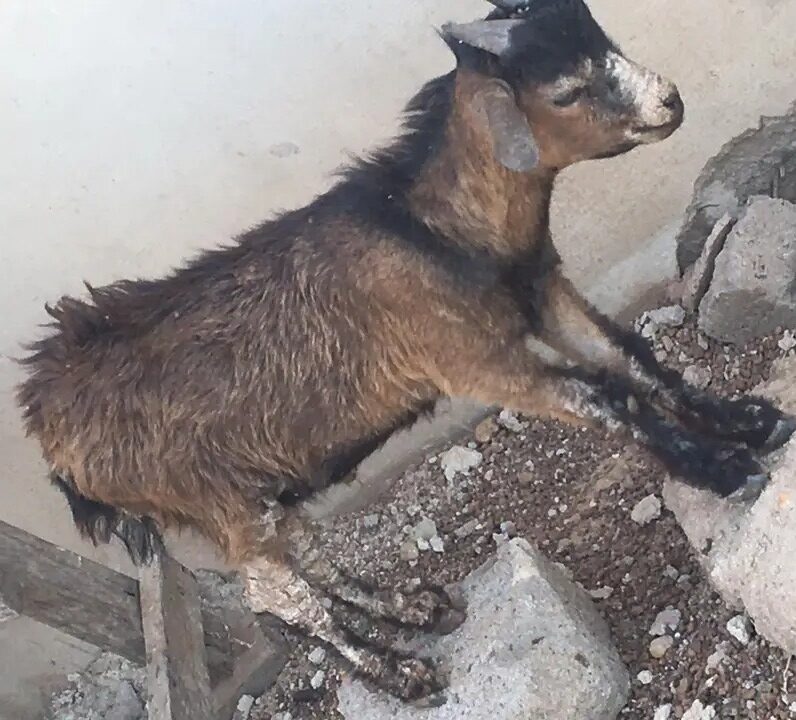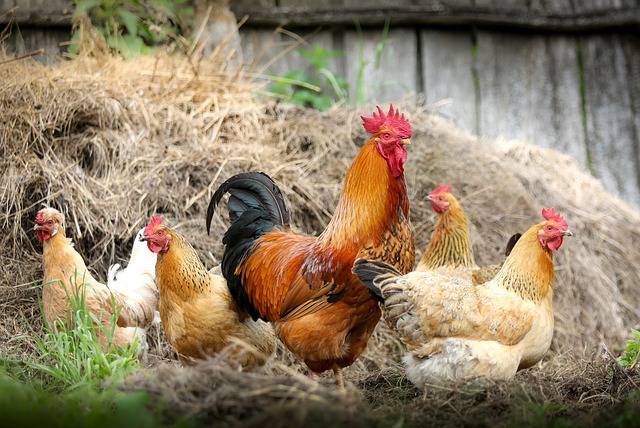Ammonia, a colorless gas with a pungent odor, can have detrimental effects on poultry birds, leading to severe health issues and decreased productivity. Understanding the harmful impacts of ammonia on poultry birds, recognizing its symptoms, and implementing effective prevention strategies are crucial for maintaining the health and well-being of poultry flocks. This article explores the harmful effects of ammonia on poultry birds, the symptoms of ammonia exposure, and preventive measures to mitigate its impact.
The Harmful Effects of Ammonia on Poultry Birds
Ammonia is a common byproduct of decomposing organic matter, such as litter and manure in poultry houses. When ammonia levels are not properly managed, it can cause a range of health problems in poultry birds. Here are the primary harmful effects of ammonia exposure:
- Respiratory Damage and Increased Susceptibility to Infections
Ammonia damages the respiratory system of poultry birds, making them more susceptible to respiratory infections. The gas irritates the mucous membranes of the respiratory tract, leading to inflammation and weakening the birds’ immune defenses. This predisposition to infections can result in outbreaks of diseases such as E. coli, infectious coryza, and Ranikhet disease. These infections can spread rapidly within a flock, causing significant morbidity and mortality.
- Decreased Growth Rate and Reduced Feed Efficiency
Prolonged exposure to ammonia adversely affects the growth rate of poultry birds. Ammonia exposure leads to reduced feed consumption, as the birds’ respiratory distress and overall discomfort decrease their appetite. Consequently, birds fail to gain weight as expected, leading to reduced body weight and poor feed efficiency. This can have a direct impact on the profitability of poultry farming, as feed costs increase without corresponding weight gain.
- Ammonia Burn and Ammonia Blindness
Ammonia concentrations of 50 parts per million (ppm) and above can cause a condition known as “ammonia burn” or “ammonia blindness” in broilers. This condition is characterized by severe irritation and damage to the eyes due to ammonia fumes emanating from poorly managed litter in inadequately ventilated poultry houses. The affected birds experience intense pain and discomfort, leading to further complications if not addressed promptly.
Symptoms of Ammonia Exposure
Recognizing the symptoms of ammonia exposure in poultry birds is essential for early intervention and treatment. The following symptoms indicate that birds may be suffering from ammonia exposure:
- Closed Eyes and Swollen Eyelids
Birds affected by ammonia exposure often keep their eyes closed to protect them from the irritating fumes. The eyelids become swollen and inflamed, further impairing their vision and causing significant distress.
- Depressive Behavior and Reluctance to Move
Birds exposed to high levels of ammonia exhibit depressive behavior, standing with ruffled feathers and showing a general reluctance to move. This lethargy indicates their discomfort and compromised health.
- Reduced Appetite and Weakness
Ammonia-exposed birds often refuse to eat, leading to a decrease in feed consumption. The lack of nutrition results in weakness and further exacerbates their vulnerability to infections and other health issues.
Prevention of Ammonia Exposure
Preventing ammonia exposure in poultry houses requires proactive management practices to maintain optimal air quality and litter conditions. Here are essential prevention strategies:
- Ensure Proper Ventilation
Adequate ventilation is crucial to prevent the buildup of ammonia in poultry houses. Good ventilation systems help to remove ammonia fumes and provide fresh air, reducing the concentration of harmful gases. Regularly inspect and maintain ventilation systems to ensure they function efficiently.
- Implement Proper Litter Management
Proper litter management is essential to minimize ammonia production. Regularly clean and replace litter to prevent the accumulation of ammonia-producing organic matter. Ensure that the litter is kept dry and well-aerated to reduce the growth of bacteria that produce ammonia.
- Monitor Ammonia Levels
Regularly monitor ammonia levels in poultry houses using ammonia detection devices. This allows for early detection of high ammonia concentrations and timely intervention to address the issue before it adversely affects the birds.
- Use Ammonia Control Products
Consider using ammonia control products, such as litter amendments and additives, that help reduce ammonia production and neutralize ammonia fumes. These products can enhance litter quality and contribute to a healthier environment for poultry birds.
Conclusion
Ammonia exposure poses significant risks to poultry birds, affecting their respiratory health, growth rate, and overall well-being. By understanding the harmful effects of ammonia, recognizing the symptoms of exposure, and implementing effective prevention strategies, poultry farmers can safeguard their flocks and ensure optimal productivity. Prioritizing proper ventilation, litter management, and regular monitoring of ammonia levels are essential steps in creating a safe and healthy environment for poultry birds. Through diligent management practices, the detrimental impact of ammonia can be mitigated, promoting the health and profitability of poultry farming.




